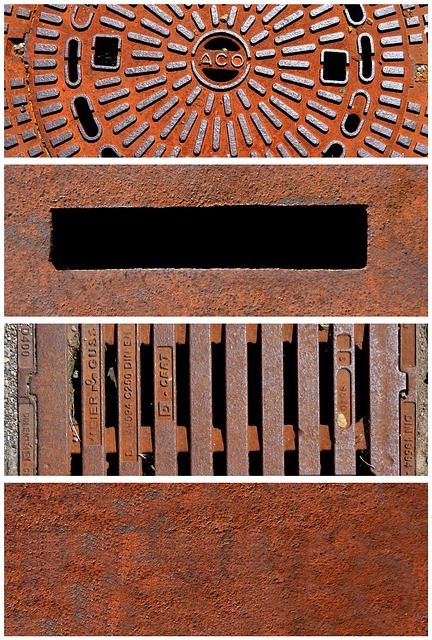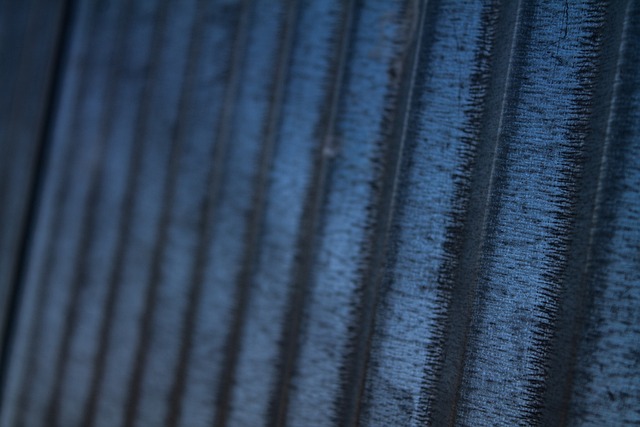This text explores the durability of shingle roofing, highlighting key factors like material quality, installation techniques, and maintenance. It discusses popular options: asphalt shingles for affordability and variety, and metal roofs for superior fire resistance and longevity. Proper installation and regular maintenance, including inspections and repairs, are crucial for extending shingle lifespan. Investing in durable roofing materials initially saves money long-term through reduced replacement needs, energy efficiency, and eco-friendly options.
In the pursuit of safeguarding your home from the elements, understanding the nuances of shingle roofing is paramount. This comprehensive guide delves into the world of durable roofing materials, exploring various types and their essential functions. We dissect factors that impact longevity, present popular options, offer installation best practices, and provide maintenance tips to ensure optimal lifespan. Additionally, we conduct a cost-benefit analysis, emphasizing why investing in durable shingles is a wise decision for any homeowner.
Understanding Shingle Roofing: Types and Basic Functions

Shingle roofing is a popular choice for residential and commercial buildings due to its affordability, ease of installation, and wide range of styles. Understanding the different types of shingles and their basic functions is crucial when selecting durable roofing materials. Asphalt shingles, the most common type, are known for their cost-effectiveness and versatility. They are made from asphalt, a natural resource, coated with mineral granules for added protection against UV rays and wear.
Other options include wood shakes, metal roofs, and tile roofs, each offering unique advantages. Wood shakes provide a traditional aesthetic appeal but require more maintenance than asphalt shingles. Metal roofs are highly durable, resistant to fire and pests, and can last for several decades. Tile roofs, while expensive, offer exceptional longevity and are well-suited for regions with high wind speeds or extreme weather conditions. Choosing the right shingle type depends on factors like climate, budget, and personal preference, ensuring a roof that protects your home effectively for years to come.
Factors Affecting Durability of Shingle Roofing Materials

Several factors play a significant role in determining the durability of shingle roofing materials, ultimately influencing their longevity and performance over time. One of the primary considerations is the quality and composition of the shingles themselves. High-quality materials, often made from robust and weather-resistant substances like asphalt or metal, tend to offer superior durability compared to lower-grade options. These materials are designed to withstand extreme temperatures, high winds, and UV exposure, which are common environmental stressors in many regions.
Additionally, proper installation techniques significantly impact the overall durability. Skilled roofers employ specific methods to ensure shingles are securely fastened, sealed, and overlaid correctly, preventing water penetration and reducing the risk of damage. Regular maintenance, including cleaning, inspection, and repair, also plays a vital role in extending the life of shingle roofing. By addressing issues promptly and maintaining optimal conditions, homeowners can contribute to the long-term durability of their roofs, ensuring they remain protective barriers against the elements for many years.
Popular Durable Shingle Options: A Comprehensive Overview

When it comes to choosing durable roofing materials, shingles offer a wide array of options that combine aesthetics and longevity. Asphalt shingles, the most common choice, have significantly evolved in recent years, featuring enhanced durability and weather resistance due to improvements in manufacturing technology. These shingles are affordable, easy to install, and come in various styles and colors, making them a popular pick for both residential and commercial properties.
For those seeking even more robust solutions, metal roofs stand out as exceptional durable roofing materials. Steel and aluminum options are highly resistant to corrosion and fire, offering long-term protection against the elements. Metal shingles and tiles provide excellent insulation, reducing energy costs, and their longevity significantly reduces the need for frequent repairs or replacements. This makes them a wise investment for property owners looking for a reliable and low-maintenance roofing option.
Installation Processes and Best Practices for Longevity

The installation process of shingle roofing plays a crucial role in ensuring its longevity and performance. It’s important to follow best practices, such as starting with a clean and level surface, proper fastening techniques using nails or screws at the recommended intervals, and sealing the edges for water resistance. Skipping these steps can lead to issues like loose shingles, leaks, and early material degradation.
Durable roofing materials like asphalt shingles are designed to withstand various weather conditions but require meticulous installation. Professional installers often recommend underlayment as an extra layer of protection against moisture and temperature fluctuations. Regular maintenance, including inspecting for damage and re-fastening loose shingles, is another key practice to extend the lifespan of your roof and maintain its structural integrity.
Maintenance and Repair Tips to Prolong Shingle Lifespan

Regular maintenance and timely repairs are key to extending the lifespan of your shingles, making them a reliable choice among durable roofing materials. Start by inspecting your roof at least twice a year for any signs of damage, such as missing or damaged shingles, loose valves, or moisture intrusion. Addressing these issues promptly can prevent more severe problems down the line.
When it comes to repairs, don’t ignore small issues like cracked or curled shingles. Replacing them right away ensures your roof maintains its integrity and protection against the elements. Keep a close eye on drainage systems too; clogs can lead to water damage, so ensure gutters are clear and downspouts are functioning correctly. Regular maintenance and swift action on repairs contribute to the overall longevity of your shingled roof, ensuring it stands strong against the test of time and harsh weather conditions.
Cost-Benefit Analysis: Why Durable Roofings are Worth the Investment

Investing in durable roofing materials might seem like a significant upfront cost, but it offers substantial long-term benefits. These materials are designed to withstand harsh weather conditions, including intense sunlight, strong winds, and heavy rainfall, ensuring your roof remains intact for years. This longevity directly translates into reduced replacement frequency, saving you money over time.
Durable roofings also contribute to energy efficiency in your home or building. They reflect heat, keeping interiors cooler during summers and providing excellent insulation during winters, which can lower utility bills. Furthermore, many modern durable roofing options are eco-friendly, made from recycled materials or designed to minimize environmental impact, aligning with sustainable living practices.
